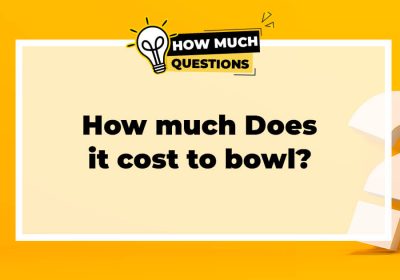
How Much Do Skis Cost? A Comprehensive Guide to Ski Pricing
Discover the factors influencing skis costs, learn pre-purchase tips, and make informed decisions for an exciting winter adventure. Explore ski prices today!
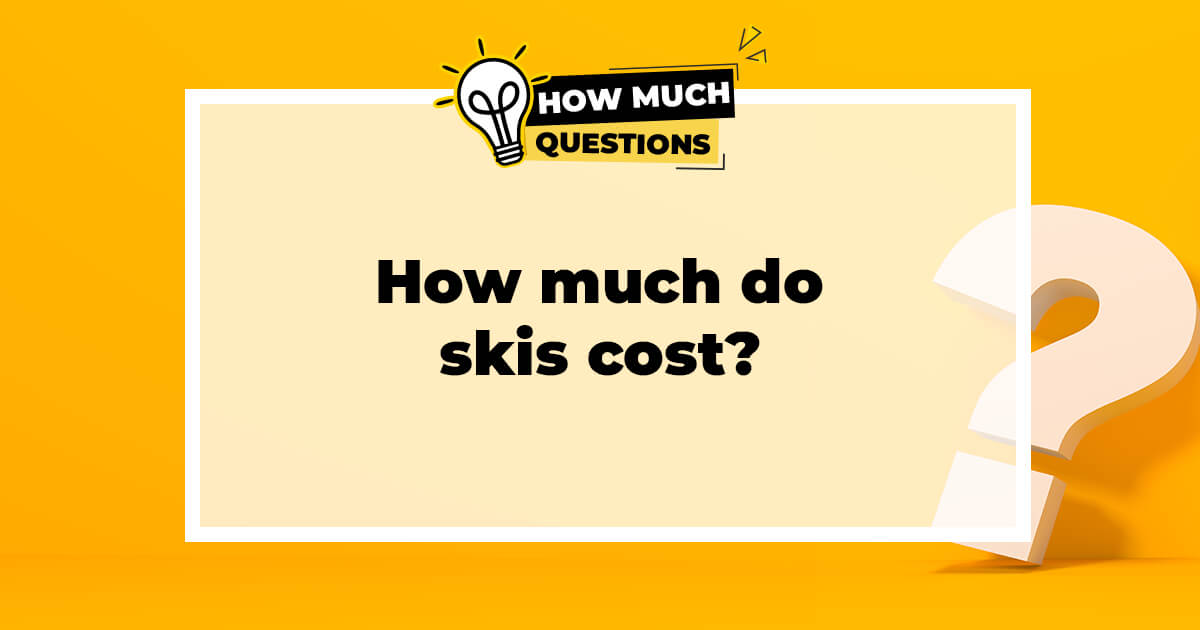
Introduction
When it comes to planning your winter escapade on the slopes, understanding the cost of skis is crucial. From beginners seeking budget-friendly options to seasoned skiers eyeing high-performance gear, the price range for skis can vary significantly. In this guide, we delve into the factors that impact ski prices, offer pre-purchase considerations, share cost-saving tips, and provide guidance for making optimal choices.
How Much Do Skis Cost?
The cost of skis can vary significantly based on several factors such as brand, type, and skill level. On average, a new set of skis can cost anywhere from $400 to $1,000. If you're looking for a full package that includes bindings, the price can go up to $1,500. Prices can also differ based on the retailer; for instance, REI offers skis ranging from $384.83 to $559.93 on sale.
It's essential to consider these factors to ensure you're getting a good deal. Always compare prices from multiple retailers and consider your skill level and skiing needs before making a purchase.
Factors Influencing Cost
1. Ski Type and Level
The type of skiing you intend to do plays a pivotal role in determining ski prices. Alpine skis, freestyle skis, backcountry skis, and others cater to distinct skiing styles. Additionally, the level of expertise—beginner, intermediate, or advanced—dictates the features and technologies incorporated into the skis, influencing their cost.
2. Brand and Reputation
Well-established ski brands with a history of quality craftsmanship often come with a higher price tag. These brands invest in research and development, producing skis that offer superior performance and durability. While newer brands might offer more affordable options, established ones often provide a sense of reliability and performance assurance.
3. Materials and Construction
The materials used in ski construction impact their weight, flexibility, and overall performance. Advanced materials like carbon fiber and titanium contribute to lighter yet more responsive skis, increasing their price. A meticulous construction process, including handcrafting and precision engineering, can also drive up the cost.
4. Features and Technology
Innovative technologies such as vibration dampening systems, rocker profiles, and enhanced edge control contribute to improved skiing experiences. Skis equipped with these features tend to be priced higher due to the research and development involved in creating cutting-edge designs.
5. New vs. Used Skis
Opting for used skis can be a budget-friendly choice, but it's essential to inspect their condition thoroughly. While used skis generally come at a lower cost, they might lack the latest advancements and warranties that new skis offer.
Pre-Purchase Considerations
Ski Length and Sizing
Choosing the right ski length based on your height, weight, and skiing ability ensures optimal performance and control. Consulting size charts provided by manufacturers helps you select skis tailored to your specifications.
Skill Level Assessment
Honest self-assessment of your skiing skills is crucial. Select skis that match your proficiency level to avoid spending on features you might not fully utilize or that might hinder your progress.
Binding Compatibility
Ensure that the skis you're considering are compatible with your ski boots and bindings. Incompatible equipment can lead to discomfort and compromised safety.
Cost-Saving Tips
- Off-Season Deals: Many ski retailers offer discounts during the off-season. Purchasing skis in the warmer months can lead to substantial savings.
- Demo Days: Attend ski demo events where you can test various skis before buying. Some events offer discounts if you decide to purchase after trying out different models.
- Last Year's Models: Consider purchasing skis from the previous year's collection. These models might have slight differences from the latest ones but can be significantly cheaper.
Guidance for Optimal Choices
To make the best decisions when purchasing skis:
- Research Thoroughly: Read reviews, watch videos, and gather insights from experienced skiers to understand how specific skis perform on different terrains.
- Consult Experts: Visit local ski shops and consult experts who can provide personalized recommendations based on your skiing style and preferences.
- Consider Long-Term Investment: While it might be tempting to opt for the cheapest option, investing in a quality pair of skis can enhance your skiing experience and potentially save money in the long run.
Conclusion
Understanding the factors that influence the cost of skis empowers you to make an informed decision. Whether you're a casual skier seeking affordability or an enthusiast aiming for top-notch gear, the ski market offers options for every budget. Keep in mind that while cost is a significant factor, finding skis that align with your skill level and skiing goals is equally crucial.
This article provides informational content to guide your decision-making process when purchasing skis. It's essential to seek professional advice from ski experts before making a final choice. Your skiing enjoyment and safety depend on choosing the right equipment for your unique needs.
FAQ: Frequently Asked Questions
How much do skis cost on average?
The average cost of a new set of skis ranges from $400 to $1,000. If you're looking for a full package that includes bindings, the price can go up to $1,500. Prices can also differ based on the retailer, skill level, and type of skiing you intend to do.
Why are skis so expensive?
Skis can be expensive due to the innovative technology and high-quality materials used in their construction. Brands invest in research and development to create skis that offer better performance, durability, and safety features, which contributes to the higher cost.
What additional costs should I consider when buying skis?
Apart from the skis themselves, you'll need to consider the cost of bindings, boots, and poles. Bindings can range from $90 to $800, while boots typically cost between $90 and $400. Poles and other accessories will also add to the overall cost.
Is it cheaper to buy a full ski setup?
A full ski setup, which includes skis, bindings, and boots, can range from $600 to over $1,500. While buying a package deal may offer some savings, it's essential to ensure that each component meets your specific needs and skill level.
How do ski prices vary by skill level?
Skis designed for beginners are generally less expensive than those for intermediate or expert skiers. Beginner skis are often made with less advanced materials and technologies, making them more affordable but potentially less durable and versatile.
What are the price ranges for children's skis?
Prices for children's skis start at around $170. These are generally simpler and smaller than adult skis, making them less expensive. However, as your child grows and improves, you may need to invest in more advanced and costly equipment.
How do ski prices vary by brand?
Popular ski brands like K2, Rossignol, and Salomon may command higher prices due to their reputation for quality and performance. However, there are also budget-friendly options available that offer good value for the money.
Are there seasonal discounts on skis?
Yes, ski prices can drop during off-season sales or promotions. Retailers often offer discounts to clear out inventory, making it a good time to buy if you're looking to save money.
What is the cost of used skis?
The cost of used skis can vary dramatically based on their condition, age, and brand. However, it's possible to find good-quality used skis for a fraction of the price of new ones. Always inspect used skis carefully before purchasing.
Is it more cost-effective to rent or buy skis?
Renting skis can be a cost-effective option for beginners or those who ski infrequently. However, if you plan to ski regularly, investing in your own equipment may be more economical in the long run.
 How much do golf lessons cost?
How much do golf lessons cost? How much does Gyno Surgery Cost?
How much does Gyno Surgery Cost? How Much Does It Cost to Build a Golf Course?
How Much Does It Cost to Build a Golf Course? How Much Does It Cost to Build a Pickleball Court?
How Much Does It Cost to Build a Pickleball Court?If you want to know other articles similar to How Much Do Skis Cost? A Comprehensive Guide to Ski Pricing you can visit the category Entertainment and Leisure.
- Introduction
- How Much Do Skis Cost?
- Factors Influencing Cost
- Pre-Purchase Considerations
- Cost-Saving Tips
- Guidance for Optimal Choices
- Conclusion
- FAQ: Frequently Asked Questions
- How much do skis cost on average?
- Why are skis so expensive?
- What additional costs should I consider when buying skis?
- Is it cheaper to buy a full ski setup?
- How do ski prices vary by skill level?
- What are the price ranges for children's skis?
- How do ski prices vary by brand?
- Are there seasonal discounts on skis?
- What is the cost of used skis?
- Is it more cost-effective to rent or buy skis?
Leave a Reply



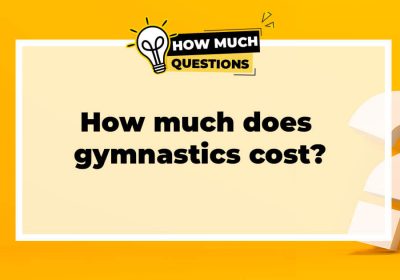
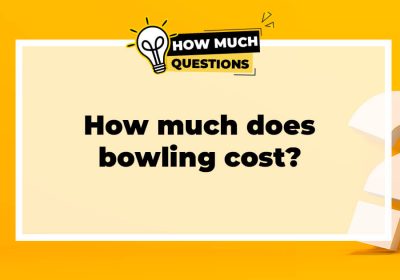
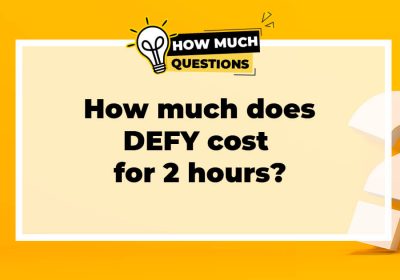

You might be interested in